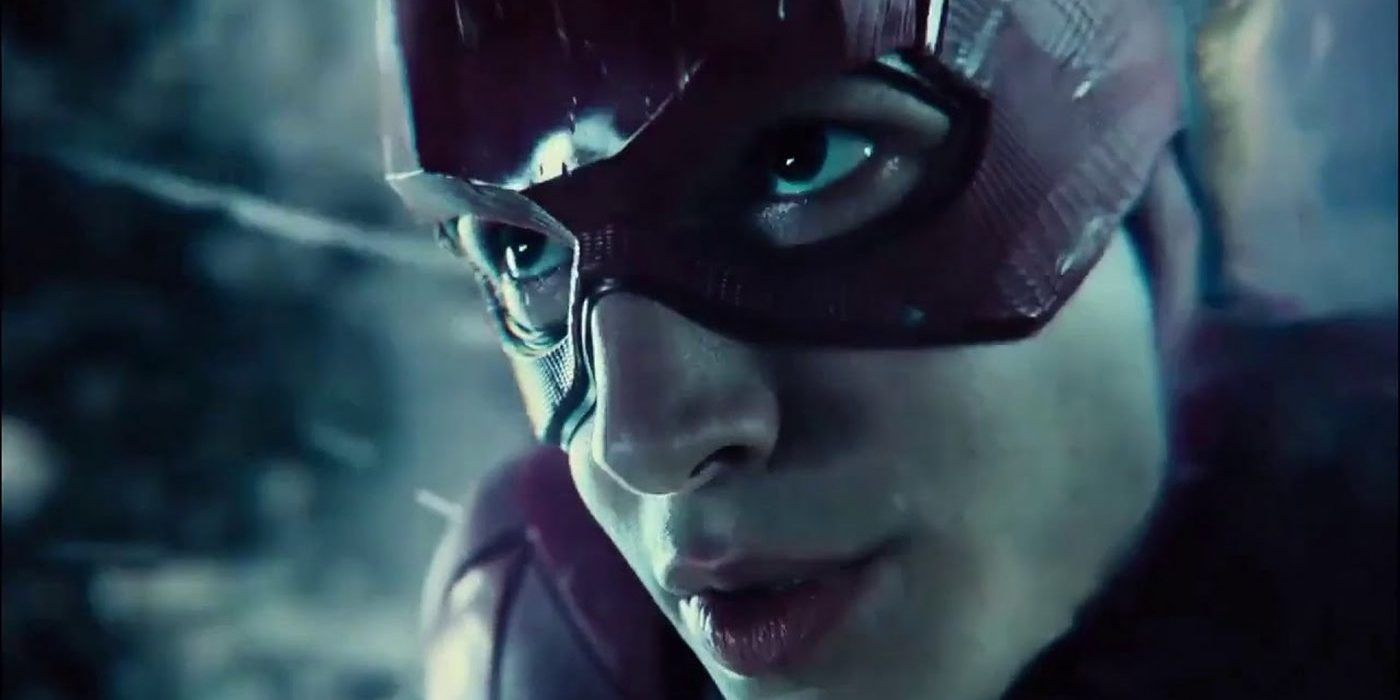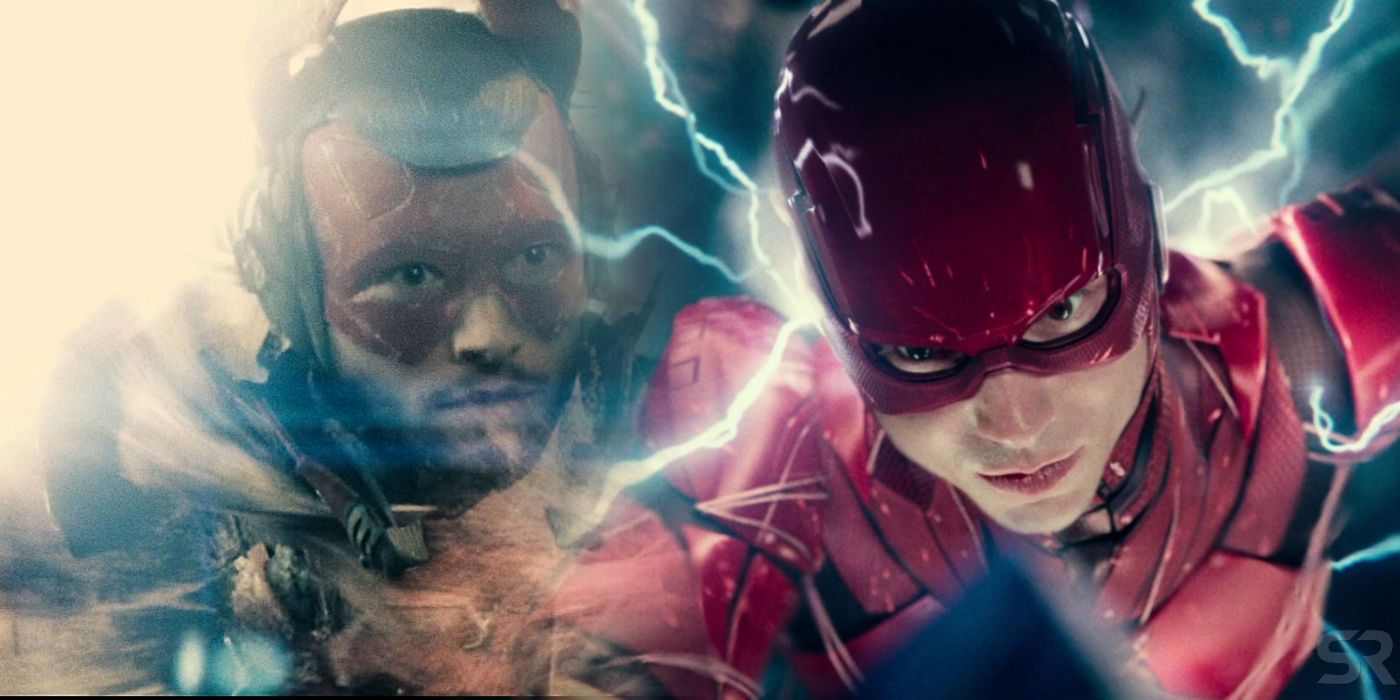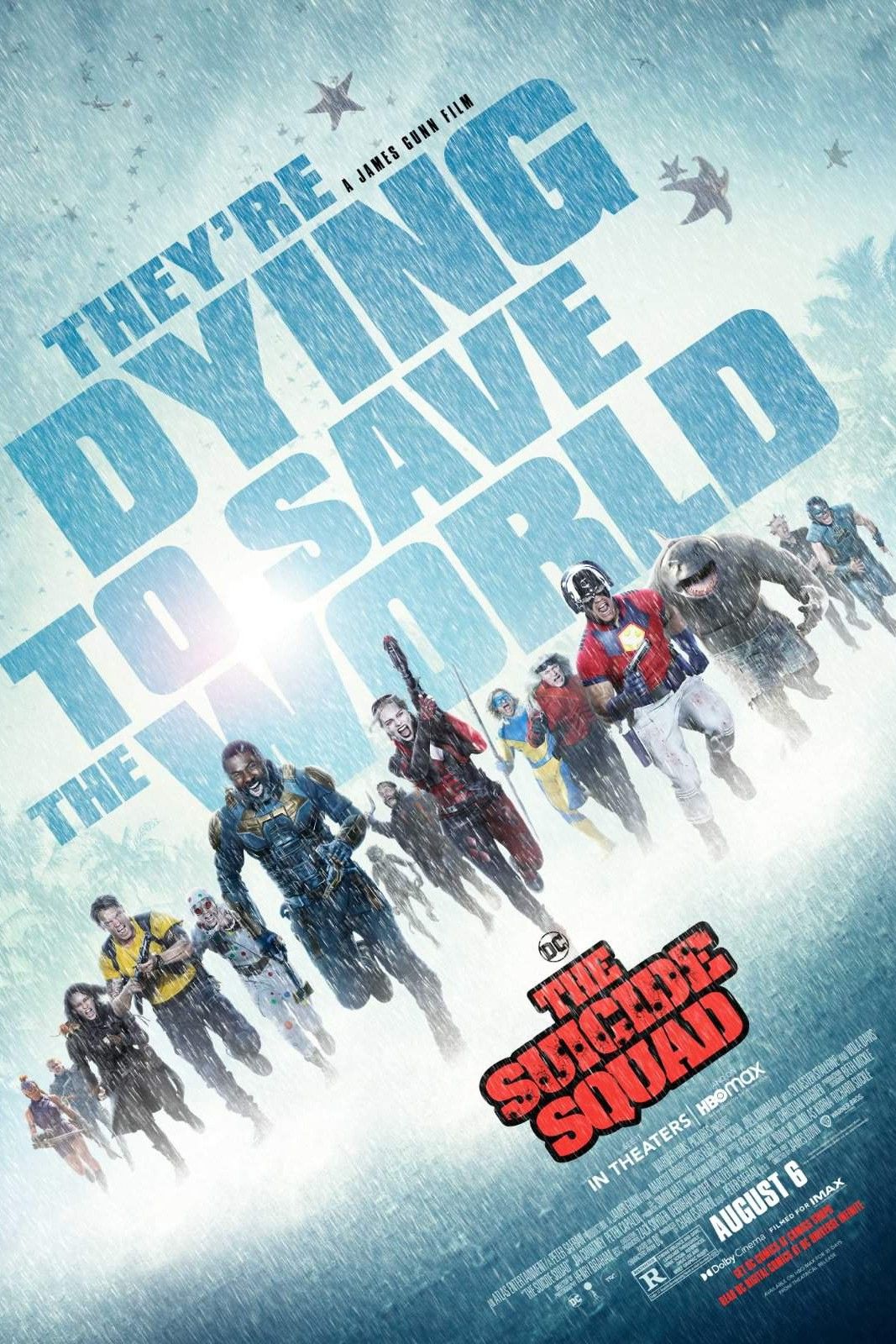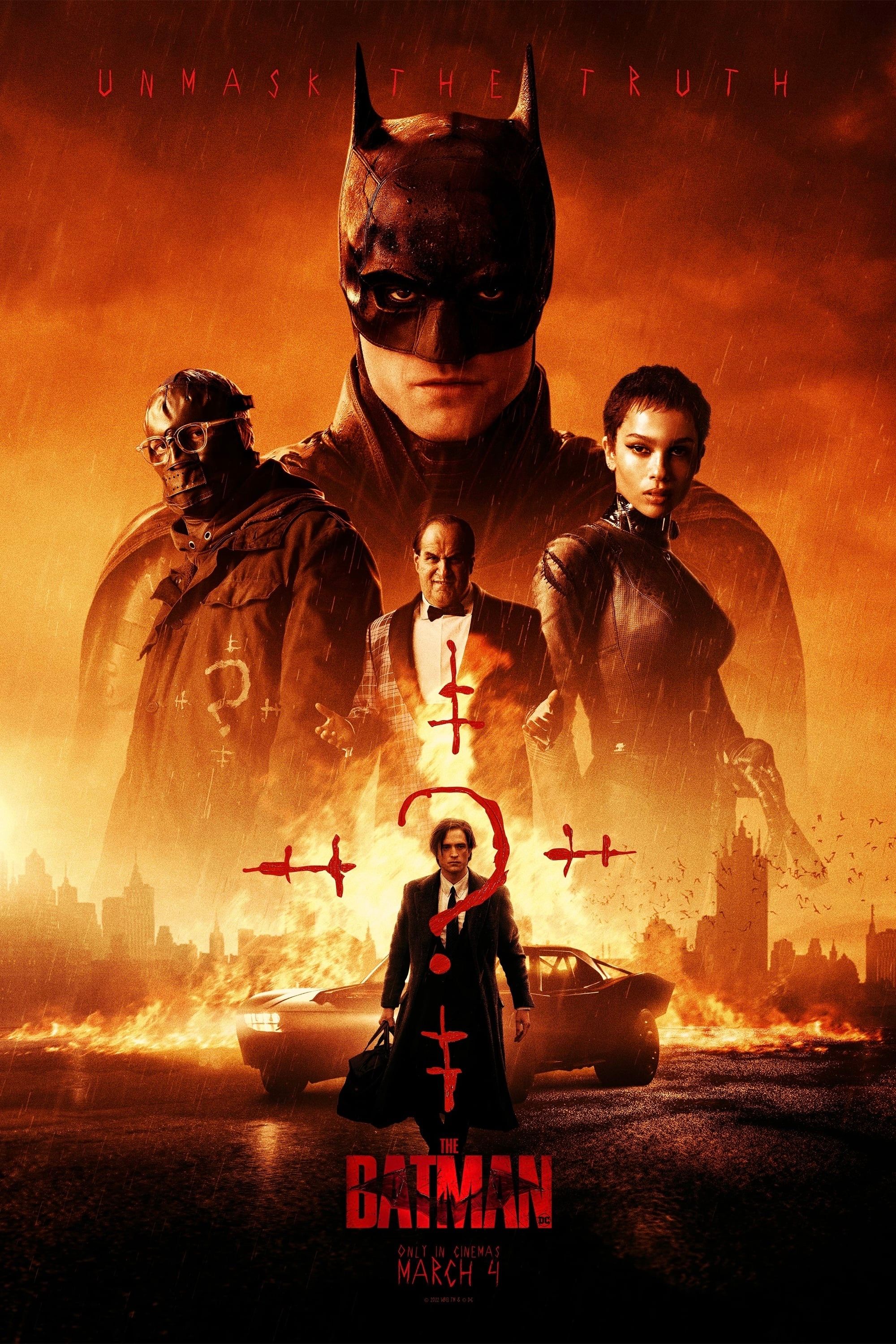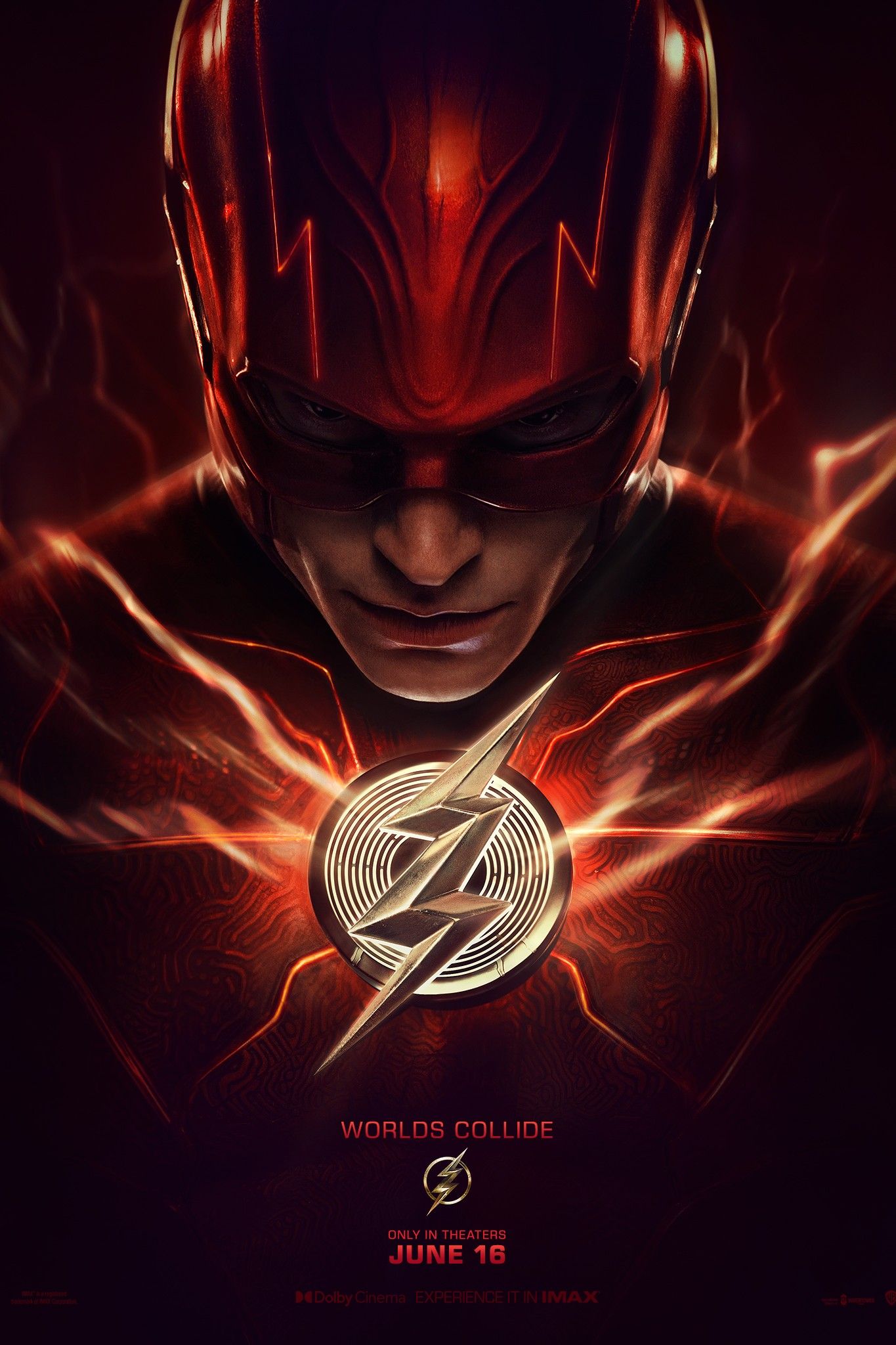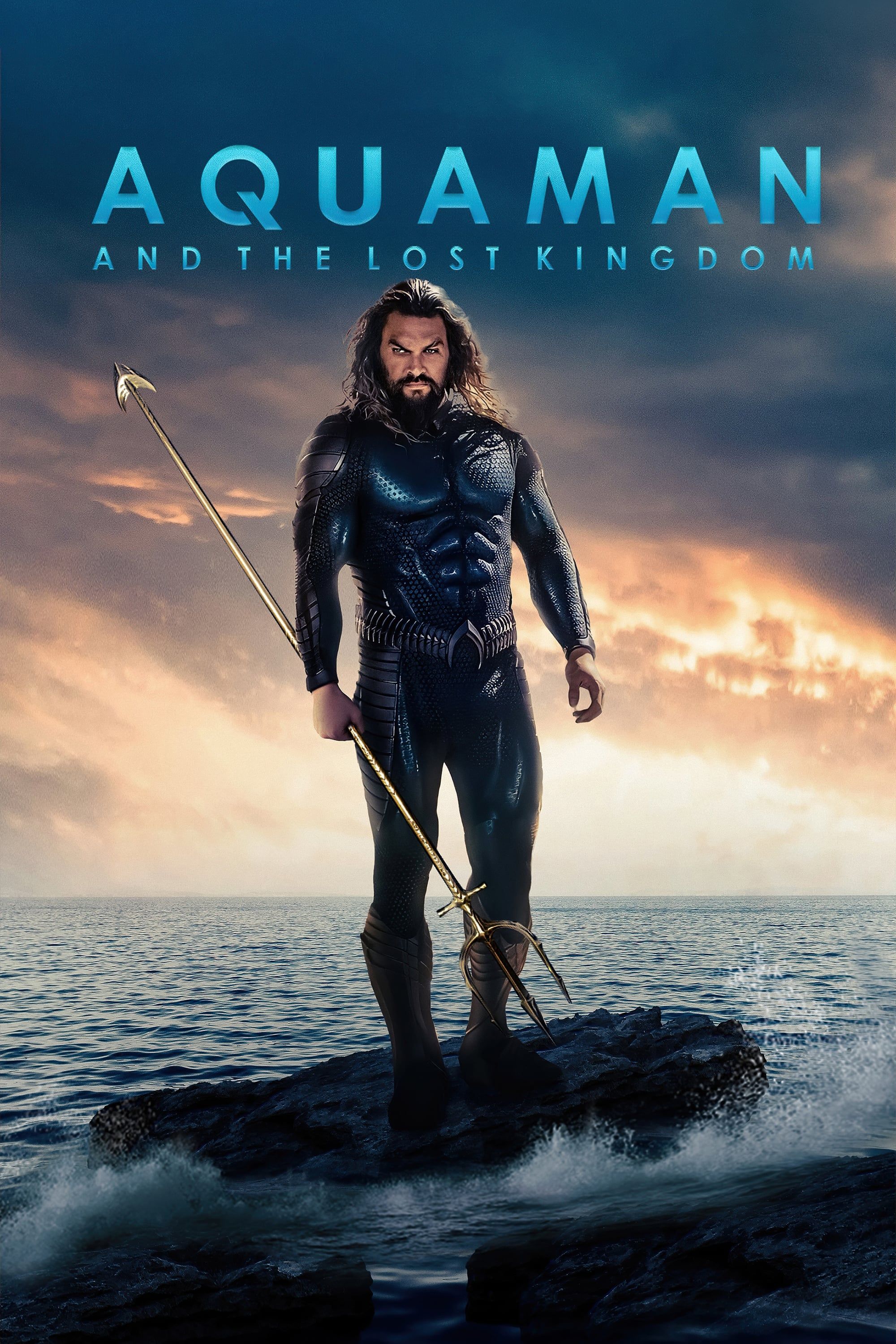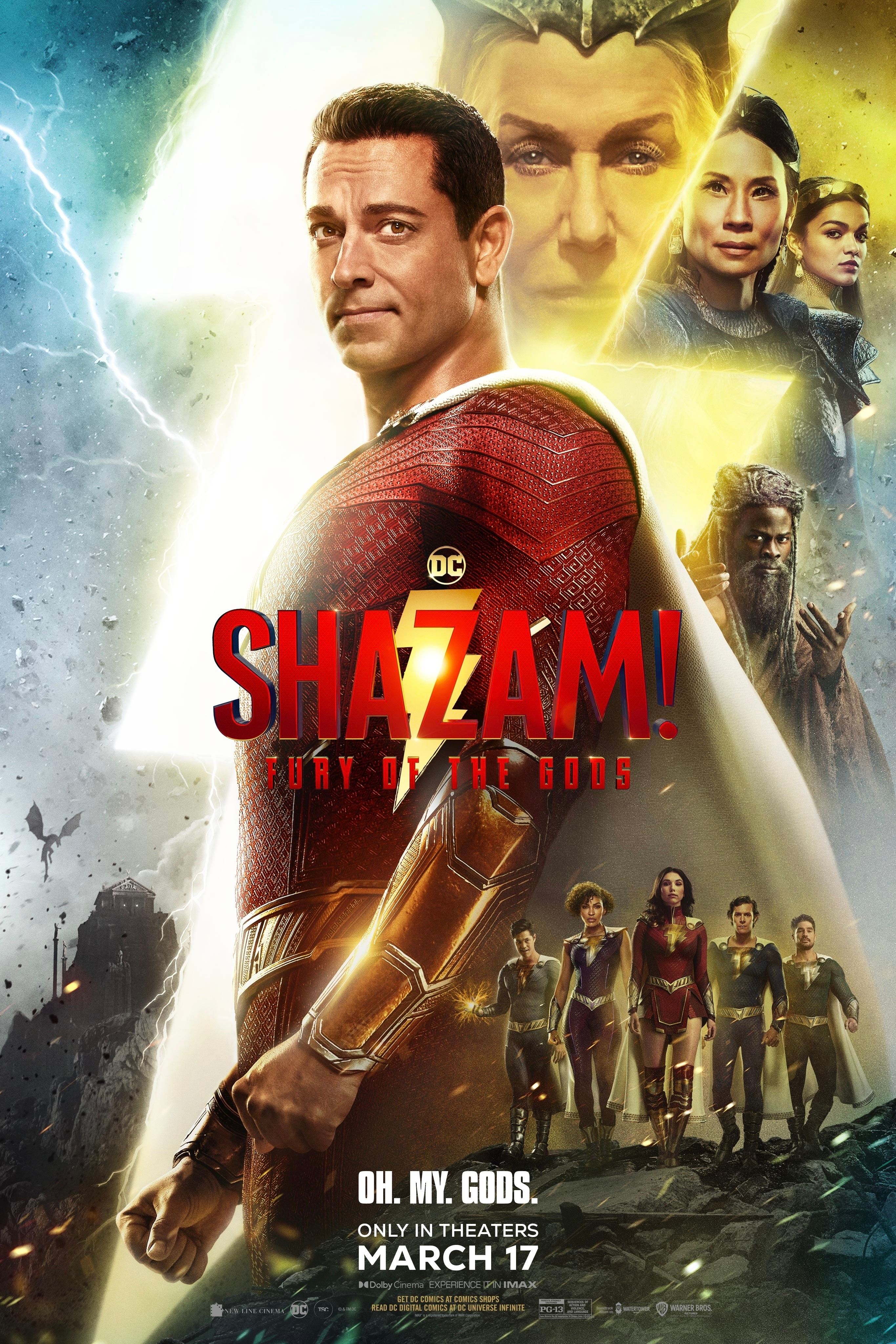Zack Snyder reveals Warner Bros. was never a fan of the Flash’s time travel sequence in Justice League. In the Snyder Cut’s climax, Cyborg and Superman are unable to wrench apart the three Mother Boxes and Steppenwolf succeeds in terraforming the Earth for Darkseid. For a moment. As Barry Allen (Ezra Miller) watches the resulting explosion from afar, he decides to break his one rule. Running faster than the speed of light and turning back time, Barry supercharges Cyborg so he can enter synchronization and pull the boxes apart. The moment pays homage to the Flash’s history (both and off-screen) as well as Christopher Reeves’ first outing as Superman.
Barry’s time travel antics aren’t employed in 2017’s theatrical cut of Justice League. Instead, Superman and Cyborg separate the boxes, Steppenwolf is defeated by “fear (rather than a brutal finisher)," and Barry pushes a truck-full of people to safety. That said, both Barry’s character and arc suffer as a result. In Snyder’s Justice League, Barry is confident in his abilities due to experimentation and experience. Gone are his insecurities, cowardice, and reluctance to be a hero—which becomes evident during his introductory scene saving Iris West. After watching Snyder’s Justice League on HBO Max, many are dumbfounded by Joss Whedon’s decision to cut/change what now seem like essential scenes, overhauling the development of characters like Cyborg, the Flash, and planting intrigue for future, Apokoliptic installments.
When asked by Yahoo about Crisis on Infinite Earths’ (comic) influence on Justice League’s time travel sequence as well as its development, Snyder revealed that “it was always a bone of contention with the studio: They didn’t want him running back through time.” Snyder chalked this up to its potential for confusion while reaffirming that it was always his intention to have Barry save his fellow superheroes.
The 2017 film doesn’t necessarily put Barry on an even keel with other members of the Justice League, setting Batman up as a mentor to the kid who “pushes people and runs away.” It’s curious why Warner Bros decided not to include “Speed Force” in the original cut (both in Superman’s resurrection and the climax) as the upcoming The Flash film looks to utilize its hero’s aforementioned abilities to explore the Multiverse. If the studio was afraid of confusing their audience (largely consisting of comic book/genre fans), that only reinforces criticism aimed at Warner Bros. throughout the #ReleaseTheSnyderCut movement.
Not only is Barry one of the most changed characters between Whedon's and Snyder’s Justice League, but consensus praises the latter as far superior thanks to its narrative beats. Cutting Barry's reversal of time includes exorcising all of the dialogue and scenes that foreshadowed it. The idea of Barry becoming the Flash, and a full-fledged member of the Justice League, is hammered home when he exceeds the speed of light and speaks to his father, “Dad, whatever happens now, I just want you to know: your kid was one of them, dad. One of the best of the best.” Much of Justice League’s (2017) character development fell victim to the studio’s desire for a lighter tone in-line with the Marvel Cinematic Universe. If there’s one thing the release of the Snyder Cut has proven, it’s that DC is better off going a different direction and the Flash is more than welcome to break his one rule.
Source: Yahoo

